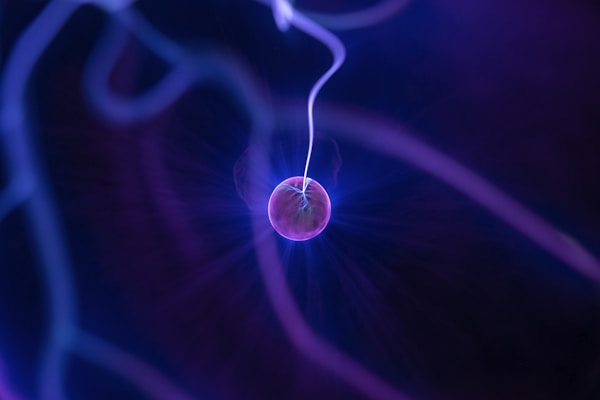A Deep Dive Into the Science Behind NAD
Nicotinamide adenine dinucleotide (NAD) is an essential molecule that plays a critical role in metabolism and mitochondrial function. It’s found in all living cells and is involved in many fundamental biochemical reactions. In this blog, we’ll explore the importance of NAD and how it’s involved in metabolic and mitochondrial activities. By better understanding the importance of NAD and how it works, we can gain insight into maintaining optimal health and wellness. Keep reading to learn more about what is NAD?
What is nicotinamide adenine dinucleotide?

Nicotinamide adenine dinucleotide is a naturally occurring molecule in the human body that plays an essential role in cellular metabolism. At its core, NAD helps facilitate cellular respiration by helping cells convert food into energy. It also acts as an antioxidant, protecting cells from damage caused by free radicals.
NAD is a two-part molecule made up of nicotinamide and adenine. The two parts of the molecule are joined together by a pair of phosphates, forming a dinucleotide. NAD functions as an electron carrier, carrying electrons from one molecule to another in the form of hydrogen atoms. This process, known as oxidation-reduction, is necessary for producing energy and other metabolic processes.
What are the benefits of NAD in the body?
The potential benefits of NAD are vast and far-reaching. As researchers learn more about these molecules, it’s becoming increasingly clear that they are essential for optimal health. NAD supports energy production, DNA repair, and maintaining a healthy stress response. It also promotes healthy aging and helps protect against cellular damage.
The most exciting potential benefit of NAD is its ability to promote healthy mitochondrial function. Mitochondria are organelles that produce energy in the body. They are essential for health and play a role in preventing a wide variety of diseases. When mitochondria are healthy, they produce energy efficiently and support a healthy stress response. However, they can contribute to various health problems when they are not functioning correctly. NAD has been shown to promote healthy mitochondrial function and protect against mitochondrial damage.
How does NAD work?

NAD is a coenzyme or a compound that helps enzymes catalyze biochemical reactions and plays a vital role in various metabolic processes. NAD works in tandem with its oxidized form, NAD+, to shuttle electrons from one molecule to another. It helps break down carbohydrates, fats, and proteins into energy and is also involved in the production of ATP, the cell’s energy currency.
NAD is involved in redox reactions, adding or removing electrons from a molecule. In the case of NAD, it can serve as an electron donor, transferring electrons to another molecule and becoming oxidized in the process. This oxidized form of NAD, NAD+, plays a key role in the cell’s energy metabolism, as it’s the electron acceptor in the electron transport chain. This is a series of reactions in which electrons are transferred through a series of proteins and enzymes, ultimately producing ATP.
NAD can also serve as an electron acceptor, reducing another molecule and becoming reduced in the process. This reduced form of NAD, NADH, is involved in glycolysis, breaking down glucose into energy and producing NADH. This NADH then enters the electron transport chain, where it donates its electrons and becomes oxidized back to NAD+.
NAD is also involved in various other metabolic processes, such as the synthesis of fatty acids, the breakdown of amino acids, and the production of NADPH, which is used in specific biosynthetic reactions. Furthermore, NAD+ helps regulate the activity of particular genes in the cell and regulates circadian rhythms, the body’s internal clock.
NAD plays a vital role in the health and functioning of the body. Without it, many essential metabolic processes would not be possible. For this reason, it’s important to ensure that the body has adequate levels of NAD to maintain optimal health and functioning.

